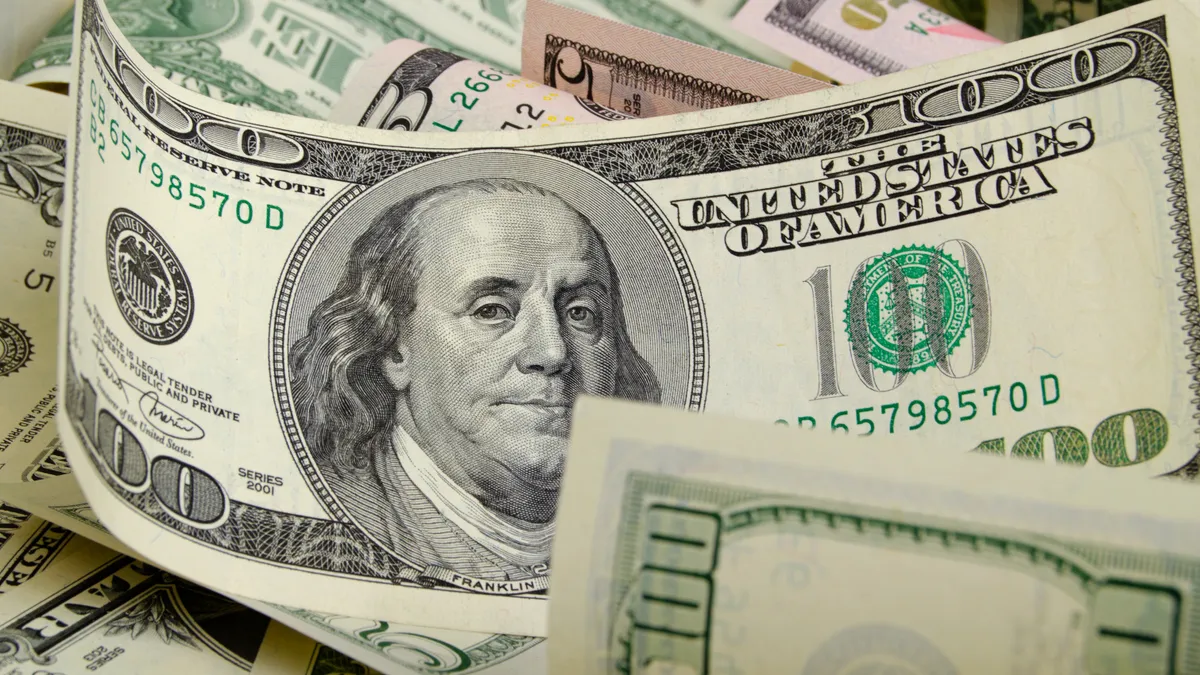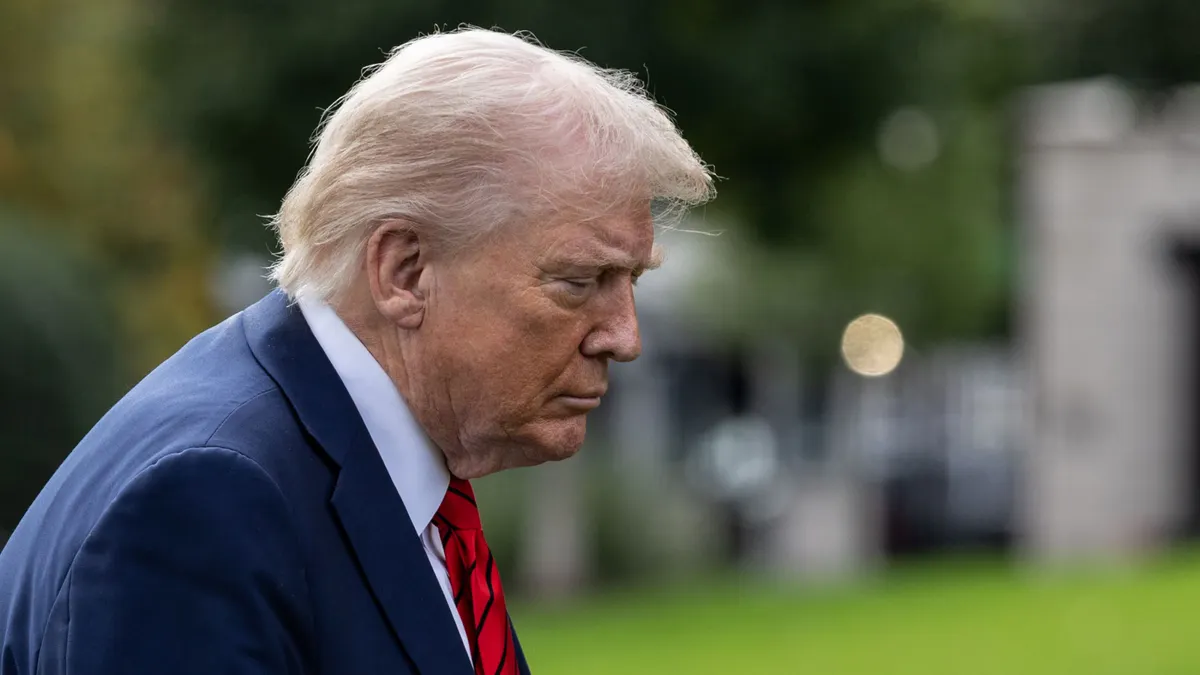Dive Brief:
- Imposition of the highest U.S. tariffs since the 1930s will stoke inflation as uncertainty from other Trump administration policies slows U.S. economic growth to 1.6% this year from 2.8% in 2024, the Organization for Economic Cooperation and Development forecast Tuesday.
- A big decline in immigration and large cuts to the federal workforce will also inhibit growth, the OECD predicted in a quarterly report on the world economy. Global gross domestic product growth will probably decline to 2.9% this year from 3.3% in 2024.
- “Risks have risen significantly,” OECD Chief Economist Álvaro Pereira said in a statement. “Agreements to ease trade tensions and lower tariffs and other trade barriers will be instrumental to revive growth and investment and avoid rising prices,” he said, adding “this is by far the most important policy priority.”
Dive Insight:
Several private- and public-sector economists in recent months have identified the uncertain impact from policy changes under President Donald Trump as a threat to economic growth and employment. They have also singled out Trump’s tariffs as a risk to price stability.
“Heightened uncertainty poses risks to both price stability and unemployment,” Federal Reserve Governor Lisa Cook said Tuesday in a speech, citing the impact from Trump’s trade policy and predicting that the economy will slow this year.
Due largely to Trump’s trade policy, “manufacturing output declined in April. Orders for heavy trucks plunged. Firms reported a drop in capital expenditure plans for 2025,” she said.
Also, “measures of uncertainty have increased, on net, this year, and household and business sentiment has declined, despite some recent improvements in both.”
Atlanta Fed President Raphael Bostic on Tuesday aligned with Cook’s assessment.
“There is a great deal of uncertainty out there, making it quite difficult to forecast the economy with confidence,” he said in a quarterly report, citing trade policy as a “wild card.”
“The way things ultimately play out on this front will likely depend on the eventual shape of tariff policy, and on how firms and consumers react to additional costs and ongoing uncertainty,” he said, noting that planned Trump administration changes to fiscal, regulatory and immigration policies also cloud the economic outlook.
Given the challenge in forecasting, “the best approach for monetary policy is patience,” Bostic said, echoing recent comments from Fed Chair Jerome Powell and other policymakers.
“As the economy remains broadly healthy, we have space to wait and see how the heightened uncertainty affects employment and prices,” he said. “So, I am in no hurry to adjust our policy stance.”
The OECD sees future price pressures with some clarity, predicting that annual inflation will rise to 3.9% by the end of the year and persist above the Fed’s 2% target in 2026.
Confronted by accelerating inflation, the Fed this year will probably not cut borrowing costs despite slowing economic growth, the OECD said.
Policymakers will likely reduce the federal funds rate by 1 percentage point next year, to a range between 3.25% and 3.5%, “as long as inflation expectations remain well anchored,” the OECD said.













